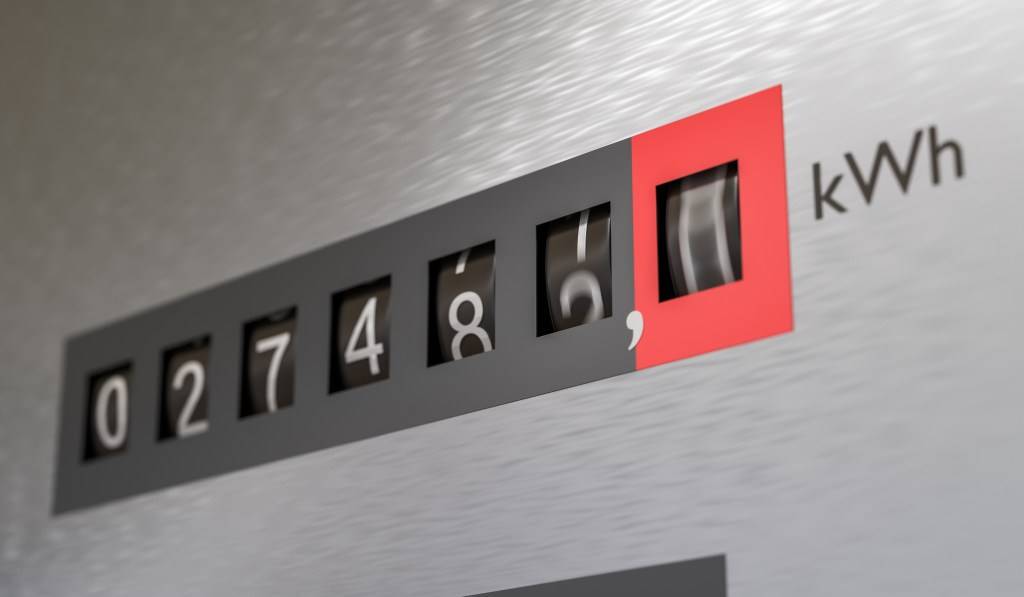
Active demand control programs are common for facilities with large energy demands, such as heavy industrial manufacturing, water treatment plants and applications that tend to have very large inductive motor loads that continuously operate. These types of facilities typically have an agreement that when the electric utility provider sends a signal to activate demand control, peak daytime energy consumption is shifted to onsite standby generators or the loads are curtailed until the peak cycle has ended, and the heavy loads are run during off-peak or shoulder time-of-use schedules. Onsite backup generation typically is provided by large diesel generators, which are a more costly energy source by fuel type, but the cost usually is offset by the demand control incentive program offered by utilities.
Effective demand control strategies do not have to be part of a formal agreement with the electric utility provider to run onsite generation, however. For facilities that are large enough to warrant being charged for energy demand but are not large enough to qualify for an active demand control program, the portion of the utility bill that comes from demand charges may still be significant. Because the monthly demand charge (kilowatt, or kW) is based on the highest energy consumption recorded over any given 15-minute window during the month, all it takes is one instance of large equipment cycling on at the same time to blow the budget for the month.
Monitoring the facility’s kW demand through the use of a real-time electric submeter tied into the building automation system, and integrating demand-curtailing sequences of operations, can have a dramatic impact on reducing kW demand-related charges. As the kW of the facility approaches certain thresholds, automatic sequences such as equipment staging, lighting system dimming, zone temperature resets, chilled water temperature and pressure resets, duct static pressure resets and lockout of equipment such as water heaters, electric heat strips or secondary compressors can help your facility stay under your demand threshold and avoid costly, unnecessary charges. Although these techniques typically do not qualify for a utility rebate, significant energy savings can be achieved through an active, controls-managed energy demand strategy.
For more information, contact Nate Boyd at nboyd@hanson-inc.com.